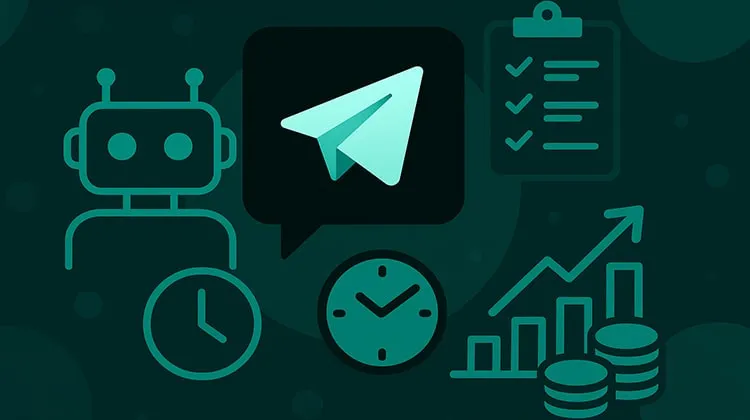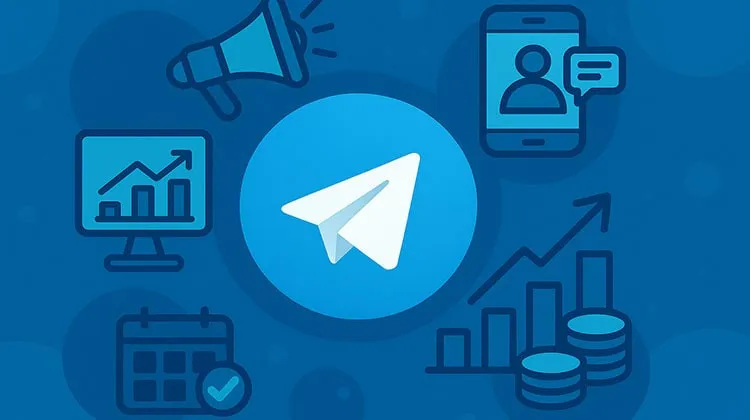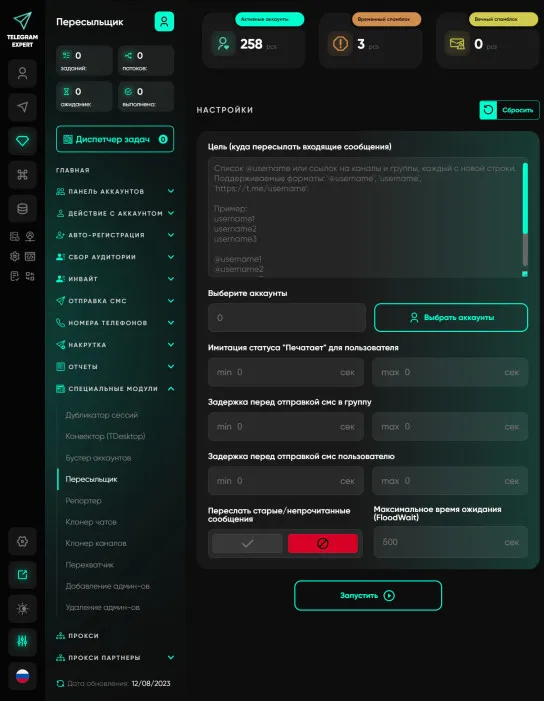
Telegram Bots: automation that saves time and keeps respect
A bot in Telegram is needed wherever the same steps repeat: onboarding, navigation, file delivery, short requests, reminders, and opt-in broadcasts. A good bot speaks clearly, avoids unnecessary questions, and always leaves a path to a human.
Where a bot brings maximum value
Onboarding: introduce yourself, clarify the goal, offer 2–3 short paths.
Content navigation: categories, quick search, “best of the month”.
Requests/appointments: minimal fields, confirmation, reminder.
Broadcasts: opt-in only, with topic and frequency selection, easy opt-out.
Dialogue design: one screen — one goal
Keep buttons few and use verb-first labels (“Get the guide”, “Book a slot”, “Find a case”). If there are many steps, split them: each bot reply answers one question. This boosts conversion and reduces drop-offs.
Data and trust
Collect the minimum. Explain why you ask and how long you store it. For private topics, offer a handover to a manager. Transparency is the main reason users stay with the bot for the long term.
Typical scenarios
Media: subscribe to categories, search articles, themed selections.
Service: FAQ, tickets, task status, quality rating.
Sales: request qualification, handover to manager, meeting reminders.
Metrics without overload
Path: start → choice → request → target action.
Bottlenecks: where users “drop”— it’s too long or unclear there.
A/B tests for copy: tweak the lead and CTA in small steps.
Mistakes and fixes
Button jungle: keep 3–5 key options, move the rest to the next step.
No human handover: add a “Contact a manager” button.
Pushy broadcasts: offer topic and pace selection, make unsub easy.
FAQ
What must a bot do first? Welcome, help with navigation, and collect short requests.
Are broadcasts allowed? Yes, with consent, and with topic and frequency selection.
When to call a human? For complex issues, complaints, or non-standard requests.




